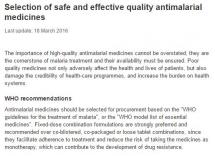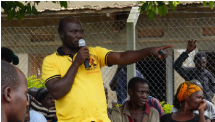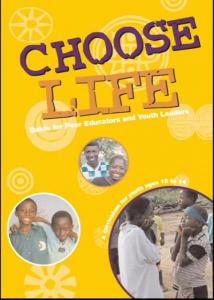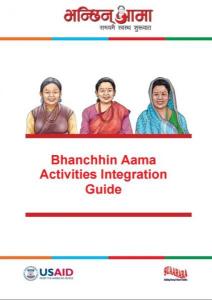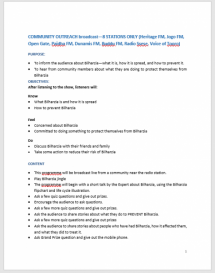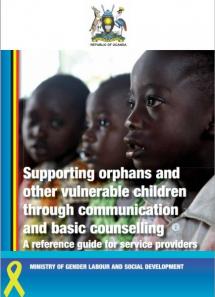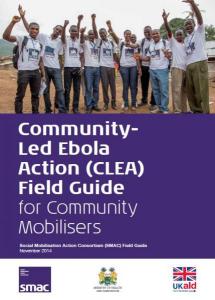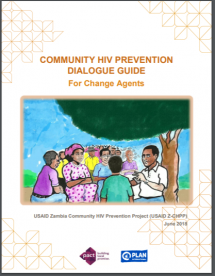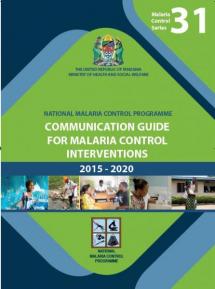Selection of Safe and Effective Antimalarial Medicines
This webpage provides links to the two documents that antimalarial medicine procurement should be based on: the WHO guidelines for treatment of malaria and the WHO model list of essential medicines.
It also contains more information on the WHO Prequalification Program, as well as recommended procurement practices.
Source: World Health Organization
Date of Publication: March 25, 2019
SIMILIAR RESOURCES
Tools
Examples
- Promoting Quality Malaria Medicines Through SBCC: An Implementation Kit
- T3: Test. Treat. Track Initiative
- Counterfeit Medicines in Legitimate Supply Chains
- Prevention of Sexual Transmission of Zika Virus
- Fake Medicines: Training for Action E-Learning Course
- Fake Medicines and Malaria
- WHO Simulation Exercise Manual
- COVID-19 Global Risk Communication and Community Engagement Strategy
- WHO Global Strategy on Digital Health 2020-2025
- Promoting Quality Malaria Medicine through Social and Behavior Change Communication

